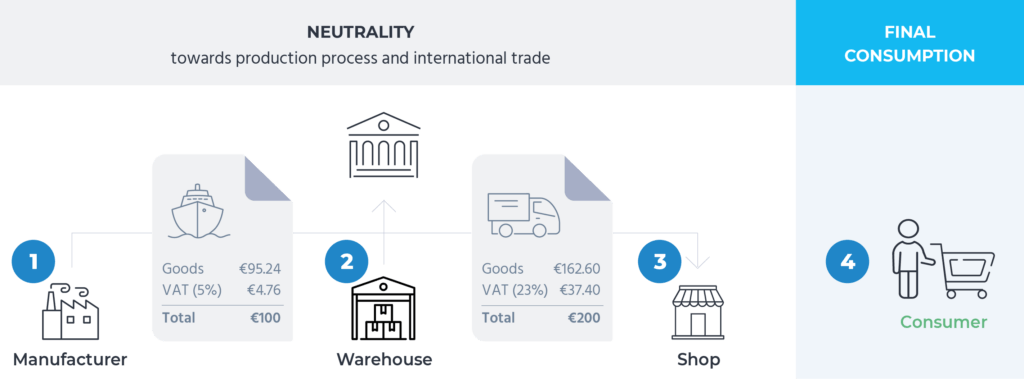Tax Compliance 2025: Top Trends in Tax, Regulatory and Technology
Download the Report
Traditional approaches to tax compliance are becoming obsolete as governments harness the power of advanced technologies such as real-time data collection, AI-driven analytics, and digital platforms. The result? A global push for transparency, faster enforcement, and an unprecedented level of regulatory complexity.
The stakes have never been higher. Falling behind in compliance means risking hefty fines, operational bottlenecks, and even reputational damage. But staying ahead is where businesses find their competitive edge.
The 2025 Tax Compliance Trends report is for the innovators and the forward-thinkers. It’s for those who see compliance as a strategic advantage, not just a legal obligation. Featuring expert insights from our tax and regulatory leaders, this guide compiles decades of experience into one blueprint for navigating the future of tax compliance.
Explore the most significant tax trends for compliance in 2025 and beyond, including:
- What governments are doing to close tax gaps with real-time reporting and enhanced enforcement.
- How new rules for digital assets and indirect taxes will affect businesses.
- Why the Internal Revenue Service’s accelerated deadlines are forcing companies to scale faster than ever.
- Strategies and technologies to transform compliance into a growth enabler.
Get the eBook
“It doesn’t matter if you are a Fortune 500 conglomerate or a small business. You have a set of obligations to meet, and compliance has become far too big and important to get wrong.”
– Eric Lefebvre, CTO
The Top Tax Compliance Trends for 2025
The Tax Compliance 2025: Top Trends eBook features insights from industry leaders and tax professionals with decades of experience in compliance, technology, and regulatory analysis. Each chapter is curated by a subject matter expert, offering valuable perspectives into the challenges and opportunities ahead.

I. The convergence of regulatory and technology
Steve Sprague – Chief Product and Strategy Officer

II. AI and its impact on tax and compliance
Eric Lefebvre – Chief Technology Officer

III. Trends in indirect tax digitization
Christiaan Van Der Valk – GM, Indirect Tax

IV. Removing barriers for international expansion
Alex Pavel – Managing Director, APAC

V. How are governments replacing tax revenue
Charles Maniace – VP, Regulatory Analysis and Design

VI. Trends to watch in tax information reporting and withholding
Wendy Walker – VP, Regulatory Affairs

VII. Unclaimed property enters the spotlight: Three key trends
Freda Pepper – General Counsel, Unclaimed Property

VIII. The modernization of the beverage alcohol shipping marke
Alex Koral – Regulatory General Counsel, Sovos ShipCompliant
Plus, discover the global regulatory mandates and tax laws shaping the business landscape.
Don’t wait for regulatory changes to catch your business off guard. Download the eBook today.

 A Quick Guide to E-invoicing and Real-Time Reporting
Tax regulations in Eastern European countries are complex but that shouldn’t be a reason not to do business there. If you’re responsible for VAT compliance, this ebook provides key details of the varying VAT digitisation mandates and business requirements across the region:
A Quick Guide to E-invoicing and Real-Time Reporting
Tax regulations in Eastern European countries are complex but that shouldn’t be a reason not to do business there. If you’re responsible for VAT compliance, this ebook provides key details of the varying VAT digitisation mandates and business requirements across the region:










